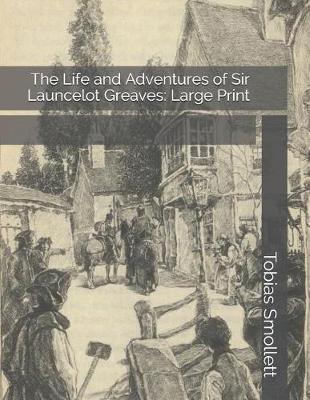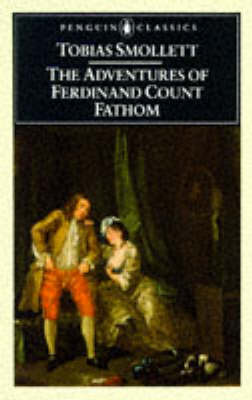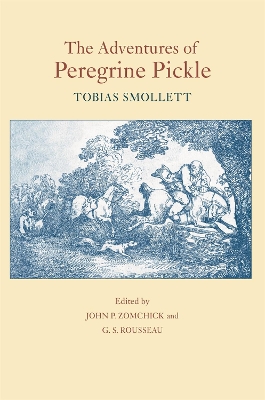The Works of Tobias Smollett
7 total works
The Expedition of Humphry Clinker
by Tobias Smollett, Thomas R. Preston, and O. M. Brack
The first novel by a major English writer that is devoted to a thoroughgoing portrait of villainy, The Adventures of Ferdinand Count Fathom chronicles the life of an aberrant criminal character. Filled with striking satiric thrusts at the legal, medical, and military establishments of mid-eighteenth-century Europe and England, the novel reveals Tobias Smollett's capacities as a commentator on contemporary life.
First published in 1753, Ferdinand Count Fathom is an experimental work that explores the relations between history and fiction and introduces, for the first time in the English novel, episodes of Gothic melodrama. Too long neglected and never before available in a carefully prepared scholarly edition, Ferdinand Count Fathom may now be read, understood, and appreciated against the literary and historical background of the eighteenth-century world.
The introduction provides an overview of the composition and publication history of Peregrine Pickle and discusses the novel's critical reception over time by such figures as Lady Luxborough, Sir Walter Scott, Joseph Conrad, and George Orwell. The text of the novel uses the first edition of 1751 as copy-text while recording the second edition's substantive variants. Included are illustrations by Thomas Rowlandson, Richard Corbould, and George Cruikshank, as well as frontispieces designed by, and engraved in the style of, Henry Fuseli. A complete textual apparatus concludes the volume.
In addition to presenting portraits of George II, George III and their cabinets, and chronicling the rise and fall of Pitt, Newcastle and Bute, the atom reports on events in the American colonies, battles in the Continental and global wars, and the domestic crises of 1763-1765. Smollett criticizes the moneied interests of London and the clamorous voice of the underclass "mob"; ridicules George II's disastrous support of Frederick the Great's costly military campaigns; and expresses the prophetic fear that Great Britain, extending its possessions too far, might sink under its own weight. Edited and introduced by Robert Adams Day, this edition provides prepared text, historical annotations and a key to personages and places. Day establishes the authorship of the long-disputed work, placing it within the context of Smollett's writings and opinions, his times and literary world.





